|
NASF Public Policy Update
Recent Developments
November 1, 2021
Federal actions this fall have placed historic regulatory attention on the finishing industry and its practices. This update highlights several topics, including:
· Calls intensify to regulate the entire surface finishing industry,
· EPA expands its regulatory authority over articles containing chemicals substances,
· NASF comments on PFAS reporting requirements,
· OSHA awaits final COVID vaccine rule review from White House reiview, and
· a NASF/US Department of Defense Workshop on chromium plating to be held at SUR/FIN.
Major Regulatory Milestones
Activist Groups in October Called out the Entire Finishing Industry for New Water Rules – In recent weeks, more than a dozen of the top U.S. activist groups – including the Sierra Club and the Natural Resources Defense Council – issued a joint statement to EPA and the public and included a call to regulate the entire surface finishing industry with new PFAS effluent requirements, arguing:
The EPA should develop [new discharge requirements] for ALL metal finishers, not just chrome platers.”
Congress and EPA are Targeting Surface Finishing – Congress has introduced new legislation that is gaining more attention – and EPA announced the launch of a first-of-its-kind regulation – specifically targeting the surface finishing industry for nationwide testing, monitoring and enforcement of new wastewater discharge requirements for PFAS chemicals.
Rare Media Coverage of the Finishing Industry on Capitol Hill – The Hill, one of the most widely read political news sites read by Congress, recently highlighted metal finishing and electroplating for the first time in recent memory after the industry was named explicitly in legislation to impose new requirements and potential liability on industry for PFAS use.
EPA Expands Chemical Regulatory Authority Under TSCA
EPA announced on September 28, 2021 that it is reversing its decades-old practice of exempting finished articles from regulation under the federal Toxic Substances Control Act (TSCA). Under the authority of TSCA, EPA evaluates potential risks from new and existing chemicals and takes actions to address any unreasonable risks that chemicals may pose to human health and the environment.
In the past, EPA’s practice has been to target the manufacture or import of individual chemicals or chemical mixtures, their use in industrial processes, and products where a regulated substance is the active ingredient, rather than finished articles. Pursuant to the recent change in statutory authority, articles of finished products containing chemicals that EPA is evaluating for risk will now be subject to regulation under TSCA.
EPA Says it’s Obligated to Regulate Articles
EPA officials have indicated that the agency is obligated to regulate articles containing chemicals because products often “break down” and chemicals in the articles are released into the environment and can result in harmful exposures.
Critics of this expanded authority claim that in many cases it is difficult for manufacturers and importers to know what levels of chemicals are in a product and whether the chemicals can be released from the product. This is particularly true now that levels of concern for some chemicals are measured in parts per trillion.
EPA has responded that manufacturers are already required to know what is in their products to comply with European Union regulations as well as U.S. federal and state regulations, that require reporting and labeling product that may contain chemicals identified as a substance of very high concern or whose use may pose an unreasonable risk.
Expansion of Authority has Implications for the Supply Chain
By expanding its regulatory authority under TSCA to essentially all manufactured products, manufacturers, importers, and customers will need to know more about the chemical substances contained in their products and the likelihood of any potential release of that chemical substance.
For example, surface finishers and their customers will have to know all of the chemical substances that may end up in the finished product, the likelihood that those chemical substance may be released from the typical use of the product, and the potential exposure routes and risks associated with any such release.
Increased Regulatory Burdens Ahead
This new approach will likely increase the regulatory burdens and stewardship efforts for many manufacturers beyond the raw materials and processes used to make those products. EPA has already begun to expand its regulatory authority under TSCA to articles containing chemical substances (e.g., see proposed reporting rule for PFAS discussed below).
NASF continues to work with the U.S. Chamber of Commerce and other industry trade groups to engage EPA officials on this new approach to regulating articles or finished products under TSCA. If you have any questions or would like additional information regarding this expansion of EPA’s chemical regulatory authority, please contact Jeff Hannapel with NASF at jhannapel@thepolicygroup.com.
NASF Submits Comments on PFAS Reporting Requirements
On June 28, 2021, EPA proposed Reporting and Recordkeeping Requirements for Perfluoroalkyl and Polyfluoroalkyl Substances (PFAS) pursuant to TSCA Section 8(a)(7). NASF submitted comments indicated that the proposed rule did not consider the significant impact on small business, was overly broad, and would be unduly burdensome to the surface finishing industry. A summary of the NASF comments is provided below.
EPA Failed to Account for the Impact on Small Business – The proposed rule would require manufacturers and importers of PFAS (including importers of articles containing PFAS) to report information from the past ten years for each substance and mixture related to:
• chemical identity and molecular structure;
• categories of use;
• volumes manufactured and processed;
• byproducts resulting from the manufacture, processing, use and disposal;
• environmental and health effects;
• worker exposure; and
• method of disposal.
This includes information on all PFAS without any exemptions for de minimis amounts, small businesses or articles containing PFAS. EPA failed to account for the substantial impacts that this rule will have on small business and the surface finishing industry.
Before finalizing the rule, EPA must comply with its statutory requirements to gather input from small businesses potentially impacted by this proposal and consider options to minimize the burdens of the proposed rule on small businesses.
EPA Should Limit the Substances Subject to Reporting – EPA identified 1,346 PFAS on the TSCA Inventory, but in the preamble to the proposed rule EPA stated that this was not a comprehensive list of all PFAS subject to the rule.
Manufacturers would be required to determine whether additional substances are subject to reporting, thereby significantly increasing the burden of reporting and adding to the uncertainty of the proposal.
NASF requested that EPA limit reporting requirements to those PFAS known to be in commerce or a subset of those known to pose public health and environmental concerns.
EPA Should Provide Typical Exemptions for Reporting Requirements – The proposed rule does not include exemptions for reporting requirements that are typically provided for EPA reporting rules such as exemptions for de minimis levels, small businesses, and articles. To minimize the unnecessary burdens of this rule, NASF made several requests:
• EPA should limit reporting to those substances manufactured or imported in excess of threshold based on sound science policy and risk and appropriate policy considerations
• EPA should exclude small businesses from reporting based on the number of employees and revenues, consistent with other TSCA reporting requirements.
• Despite no mandate to include articles, EPA has determined that articles containing PFAS should be included in the scope of reportable chemical substances, even while acknowledging that some article manufacturers, including article importers, may not have such information. Manufacturers and importers of articles containing PFAS should not be subject to the reporting requirements.
For some metal plating applications, fume suppressants containing very small amounts of PFAS are used in the finishing process. To demonstrate that no amount of any PFAS is on the plated part or article, companies could be subject to expensive testing requirements to confirm that reporting is not necessary.
Reporting Expands to a Much Larger Universe
Requiring reporting by manufacturers and importers of articles that contain PFAS will increase the number of entities subject to this reporting rule by thousands, particularly if all large and small businesses must report any amount of any PFAS in articles.
Given the burdens associated with subjecting articles containing PFAS to reporting requirements and EPA’s failure to include the costs associated with reporting imported articles containing PFAS, EPA should delete the requirement for reporting of articles containing PFAS from the proposed rule.
The Ten-Year Reporting Period is Unduly Burdensome – EPA proposed that persons who have manufactured or imported PFAS over the past ten years would report to EPA for each PFAS.
Given the broad scope of chemistries covered by the definition of PFAS, gathering all the available requested data for ten years would represent an overwhelming burden to many companies subject to reporting.
Phased Approach to Reporting Is Appropriate – The proposed rule requires reporting that can impose a significant burden on a large number of entities. NASF requested that EPA consider requesting this data in a phased approach, whereby only the largest manufacturers and importers of PFAS are subject to the reporting requirements.
If the exemptions, clarifications, and revisions that NASF requested were implemented, EPA could significantly reduce these burdens on a large number of small businesses, without substantially reducing the amount of critical information it collects on the manufacture and import of PFAS.
By streamlining the reporting to the most useful and scientifically valid information in the first place, EPA can better fulfill the mandate to estimate the rulemaking’s economic impacts and burden.
EPA must complete the final reporting and recordkeeping requirements by January 1, 2023. NASF will continue to work cooperatively with EPA and other industry trade groups on this proposal. If you have any questions, would like additional information, or would like to discuss these comments, please contact Jeff Hannapel (jhannapel@thepolicygroup.com) of The Policy Group on behalf of the NASF.
COVID Emergency Temporary Standard May Be Extended Beyond Healthcare
OSHA has recently reconsidered the need for a broader COVID-19 emergency temporary standard (ETS) applicable beyond just the healthcare sector. President Biden’s recent decision to use a new COVID ETS focused on vaccinations and testing as a central element of his newly unveiled COVID-19 Action Plan raises a host of challenges for employers across the country. OSHA has moved quickly and the agency’s ETS was sent to the White House for rule review, hearing from outside industry and other groups, and for final regulatory approval.
OSHA has been expected to receive the ETS rulemaking package for release any time, and issuance in the coming days – early November – is anticipated.
Unlike the Executive Orders for federal employees and contractors and the expanded scope to healthcare workers (which included a fair amount of detail about how they would be implemented), the President’s announcement and new Action Plan about the OSHA ETS for general industry were essentially bare bones, with almost no detail about what will be in the ETS and how it will operate.
Critical Questions Need Answers
For example, the announcement did not provide specific direction or information to answer several critical questions regarding the scope and implementation of the ETS for general industry, including the following.
· How do employers count the 100-worker threshold (by establishment or company-wide, how do you count temp, part-time, and seasonal workers, does it count remote/telework staff, etc.)?
· Who pays for the testing program (employers or employees)?
· If employers have to pay for testing, is it just for the test kits, or also employees’ time getting tested?
· Under a work-required vaccine program, will days away for adverse effects of the vaccine have to be recorded on employers’ 300 Logs?
· If the FDA approves booster shots for the general population, will a booster shot be required to consider an employee fully vaccinated?
· Does the rule account in any way for natural antibody immunity for employees who have been infected and recovered from COVID-19?
· Assuming employers have to pay for time to get vaccinated and recover from ill effects of the vaccine, is there a limit to how much time?
· What type of test will be acceptable for the testing program?
· What documentation will be required to verify vaccination and testing status, and will employers have to keep those records, as employee medical records, for the life of employment + 30 years?
· Will there be time for the ETS to go into effect, or will testing be required for employees who are willing to get vaccinated until they can get vaccinated?
· Will there be conditions that could result in the ETS being shelved?
· If we achieve a 100% fully vaccinated workforce, can we dispense with all of the other COVID-19 protocols (i.e., distancing, masks, pre-work screening, etc.)?
· How will the rule intersect with the ADA/Title VII requests for medical and religious exemptions?
Industry needs these answers to determine how it may be impacted by the ETS. For several reasons, industry may have a great opportunity to provide meaningful and impactful comments on the ETS rulemaking.
First, the career staff at OSHA did not have advanced notice of the President’s announcement, so there was no foundational work on a draft rule and staff may not be as personally invested on any particular provisions or issues.
Second, this ETS would provide cover to employers who have wanted to set vaccine mandates, but were reluctant to do it unless or until others did the same (i.e., to help alleviate concerns about losing workers to neighboring businesses that had more relaxed COVID-19 policies).
Accordingly, the White House and OSHA have been viewed as open to specific input from industry about how best to implement the ETS for general industry.
NASF has continued to work closely with industry trade groups and coalitions to help shape the Administration’s COVID policies and ETS and the potential impacts on the surface finishing industry.
If you have any questions or would like additional information on these developments regarding COVID in the workplace, please contact Christian Richter or Jeff Hannapel with NASF at crichter@thepolicygroup.com or jhannapel@thepolicygroup.com.
NASF / Defense Workshop on Chromium Plating at SURFIN
The California Air Resources Board (CARB) continues to advance a new rulemaking to transition hexavalent chromium plating to trivalent chromium for decorative chromium plating, functional chromium plating and chromic acid anodizing.
In response to this rulemaking effort, NASF has scheduled a DoD Workshop on Hexavalent Chromium: Emerging California Restrictions & Implications for the U.S. Defense Supply Chain to be held at SUR/FIN in Detroit on November 3, 2021 from 1:15 to 4:00 PM eastern time.
The workshop will include the following presentations.
• Jeff Hannapel (NASF) – Summary of CARB Plan for Phase-Out
• Keith Legg (Corrdesa) – DOD Supply Chain Implications & SERDP/ESTCP Hexavalent Chromium Replacement Projects
• Steve Gaydos (NASF Technical Fellow) – Aerospace Applications and Alternatives
• Scot Bryant (Noblis) – Adoption of hexavalent Chromium-Free Surface treatment Technologies by DOD Organizations
• Tim Hall (Faraday Technology) & Doug Hughes (Macdermid Enthone) – Aqueous Trivalent Chromium Technology
• Doug Morrison (Trion Coatings) – Ionic Liquid Hard Chromium Process
The aim of workshop is to educate people on California’s efforts to phase-out hexavalent chromium processes, identify some of technologies to replace hexavalent chromium processes, and discuss the potential impacts on the surface finishing and defense industries and supply chain. It is intended to be an interactive session where audience contributions and participation are welcome.
We look forward to SUR/FIN in Detroit on November 3rd for this critical and informative workshop. If you have any questions or would like more information, please contact Jeff Hannapel with NASF at jhannapel@thepolicygroup.com.
Support the NASF 1000 Today!
The NASF 1000 program was established to ensure that the surface finishing industry would have resources to effectively address regulatory, legislative and legal actions impacting the industry, NASF members and their workplaces.
All funds from the NASF 1000 program are used exclusively to support specific projects and initiatives that fall outside the association’s day-to-day public policy activities.
The commitment to this program is one of the most vital contributions made in support of surface finishing and directly shapes the future of the industry.
The sustained commitment from industry leaders has helped the NASF remain strong and credible in informing regulatory decisions across the nation.
Specific projects funded through the NASF 1000 make a measurable difference in how the industry navigates emerging challenges, communicates credibly with policy makers, and advocates for a strong science base for rules or standards that affect surface finishing.
Please consider supporting the NASF 1000 program. If you have any questions or would like additional information regarding the NASF 1000 program or the broad array of NASF public policy activities, please contact Jeff Hannapel with NASF at jhannapel@thepolicygroup.com or Christian Richter at crichter@thepolicygroup.com.
___________________________________________
If you have any questions or would like additional information on this matter, please contact Christian Richter at crichter@thepolicygroup.com, Jeff Hannapel with NASF at jhannapel@thepolicygroup.com.
To join NASF or find out more about membership, please contact Matt Martz at mmartz@nasf.org. |
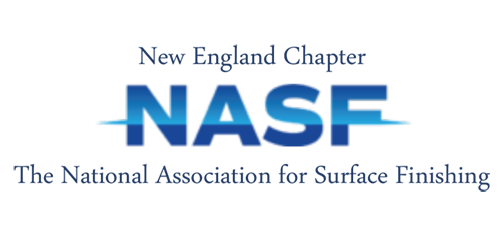


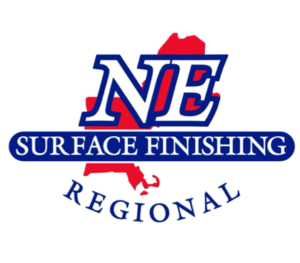
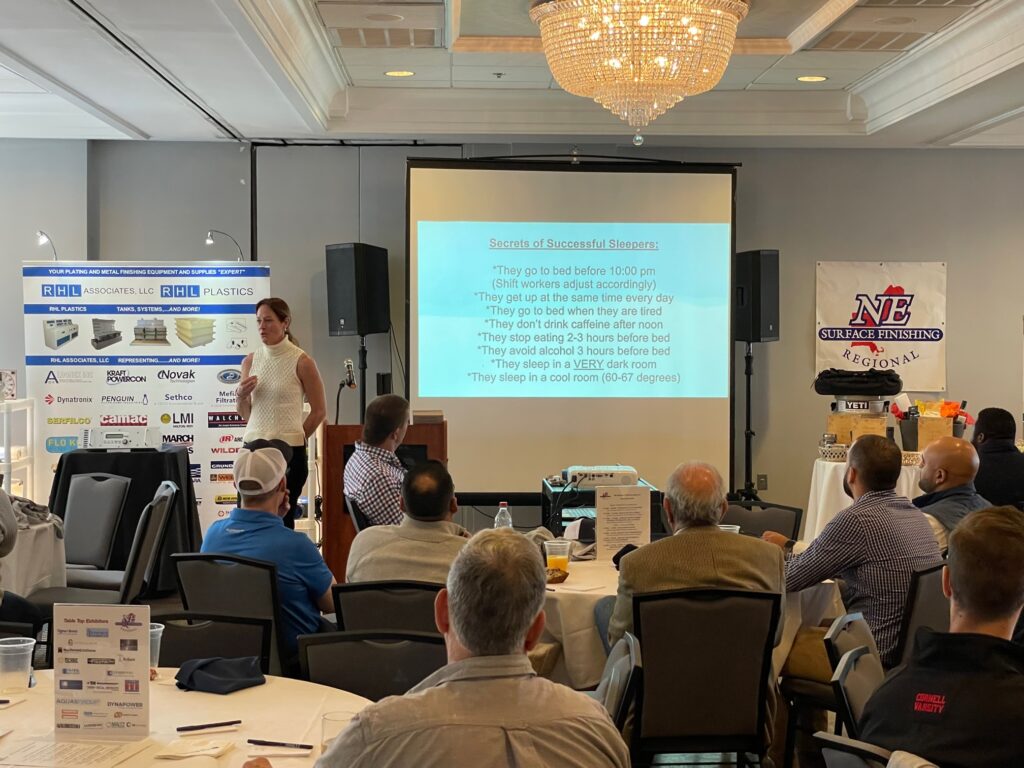
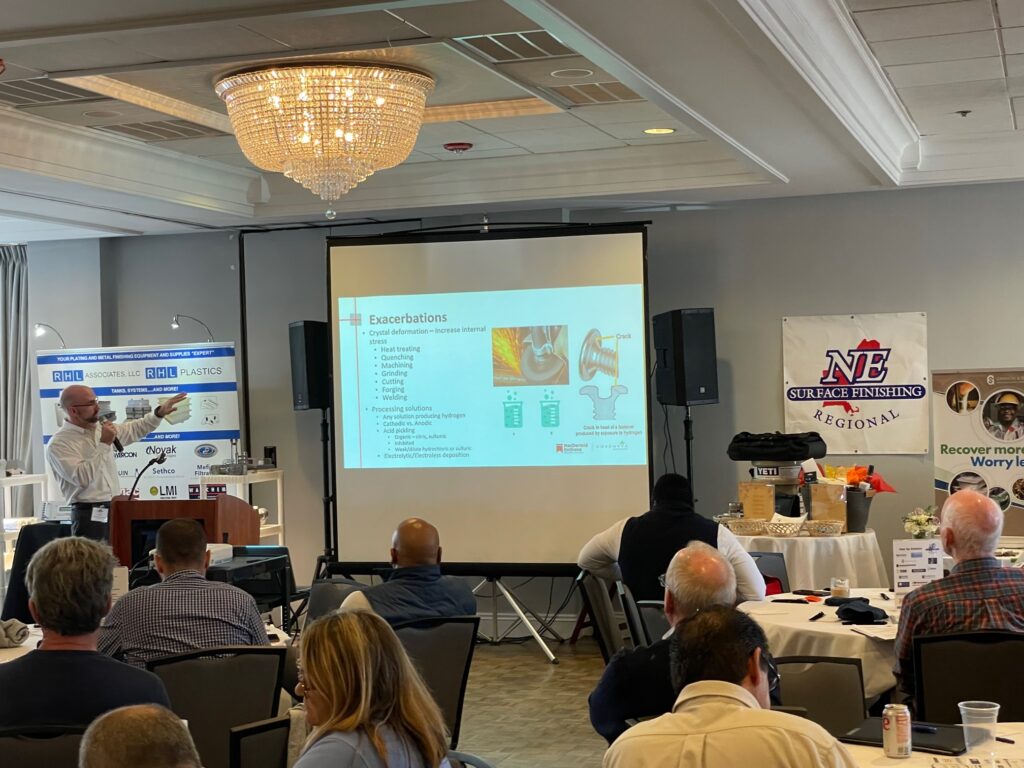
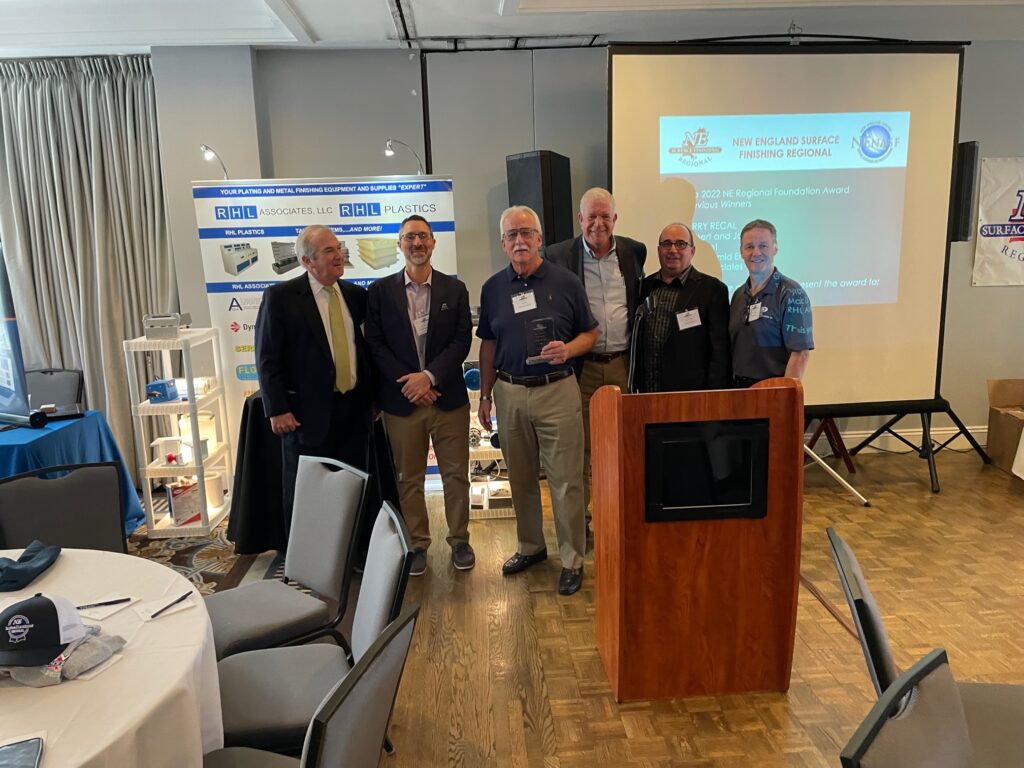
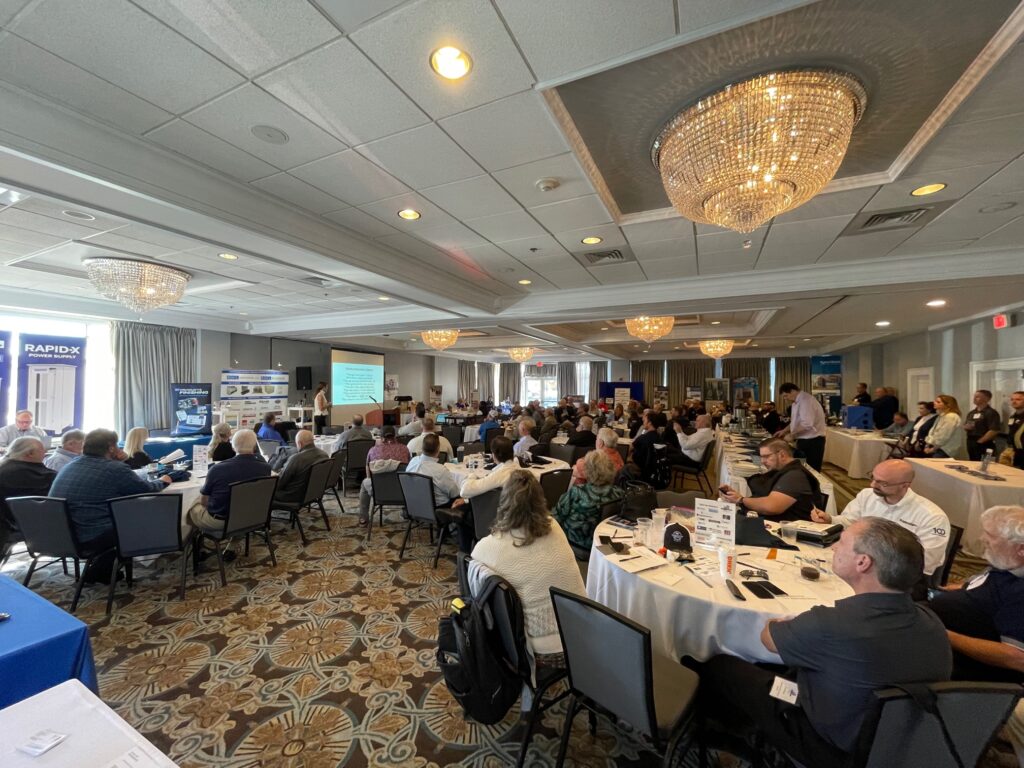


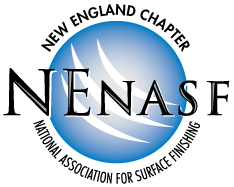
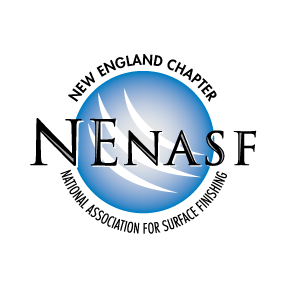
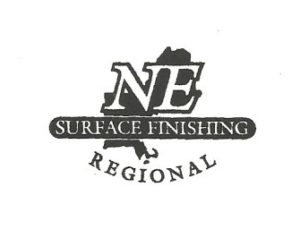

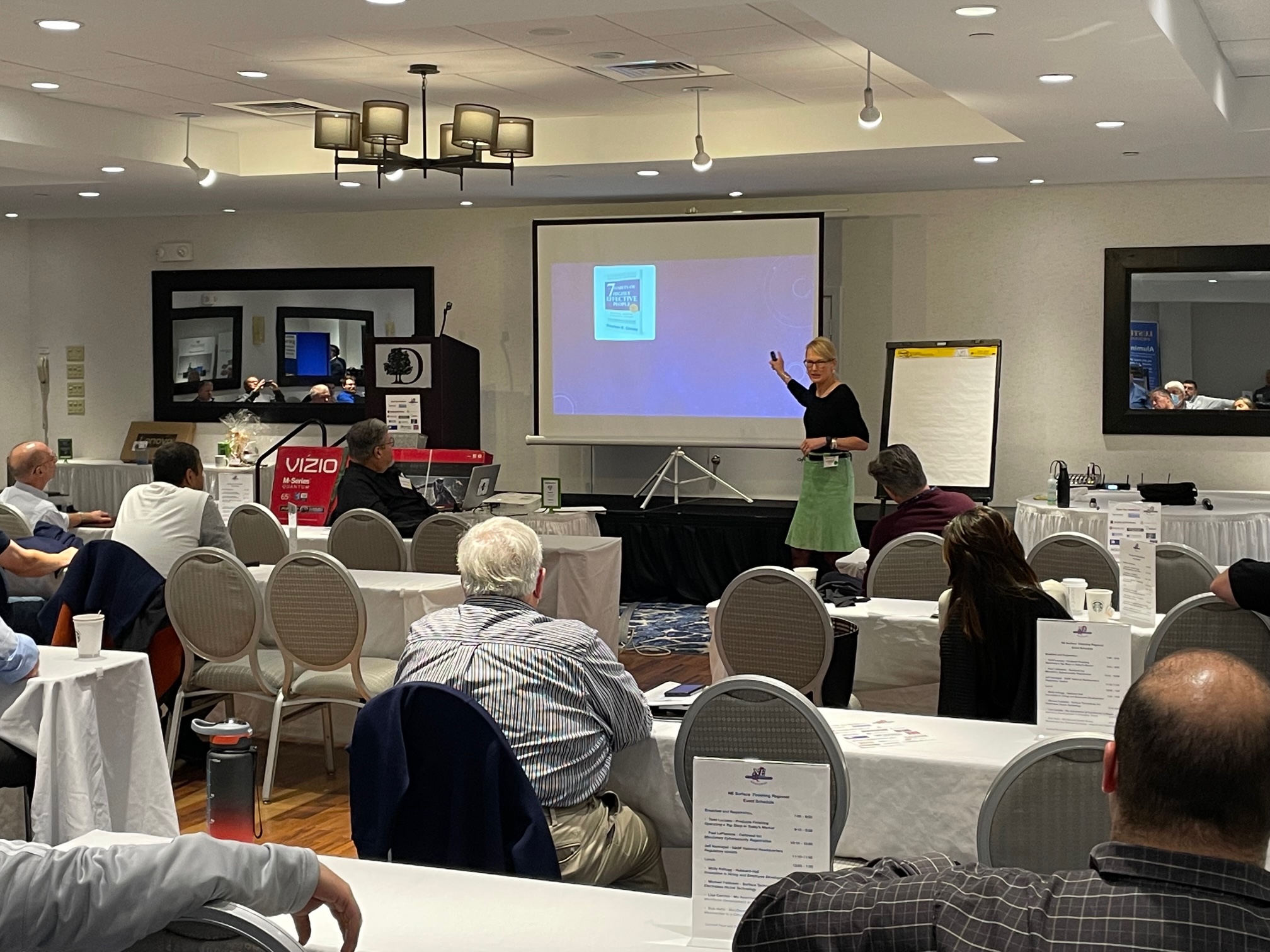
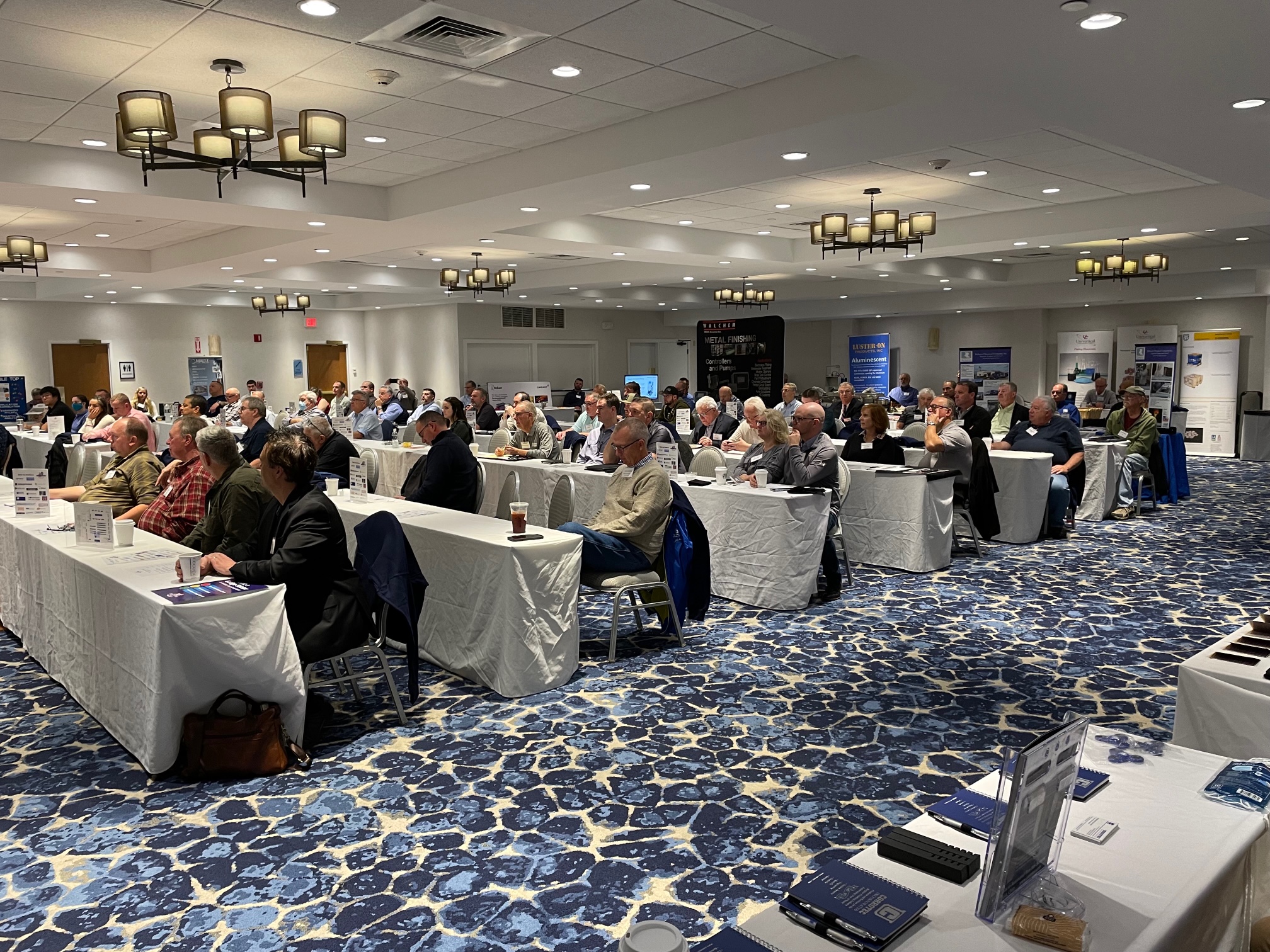
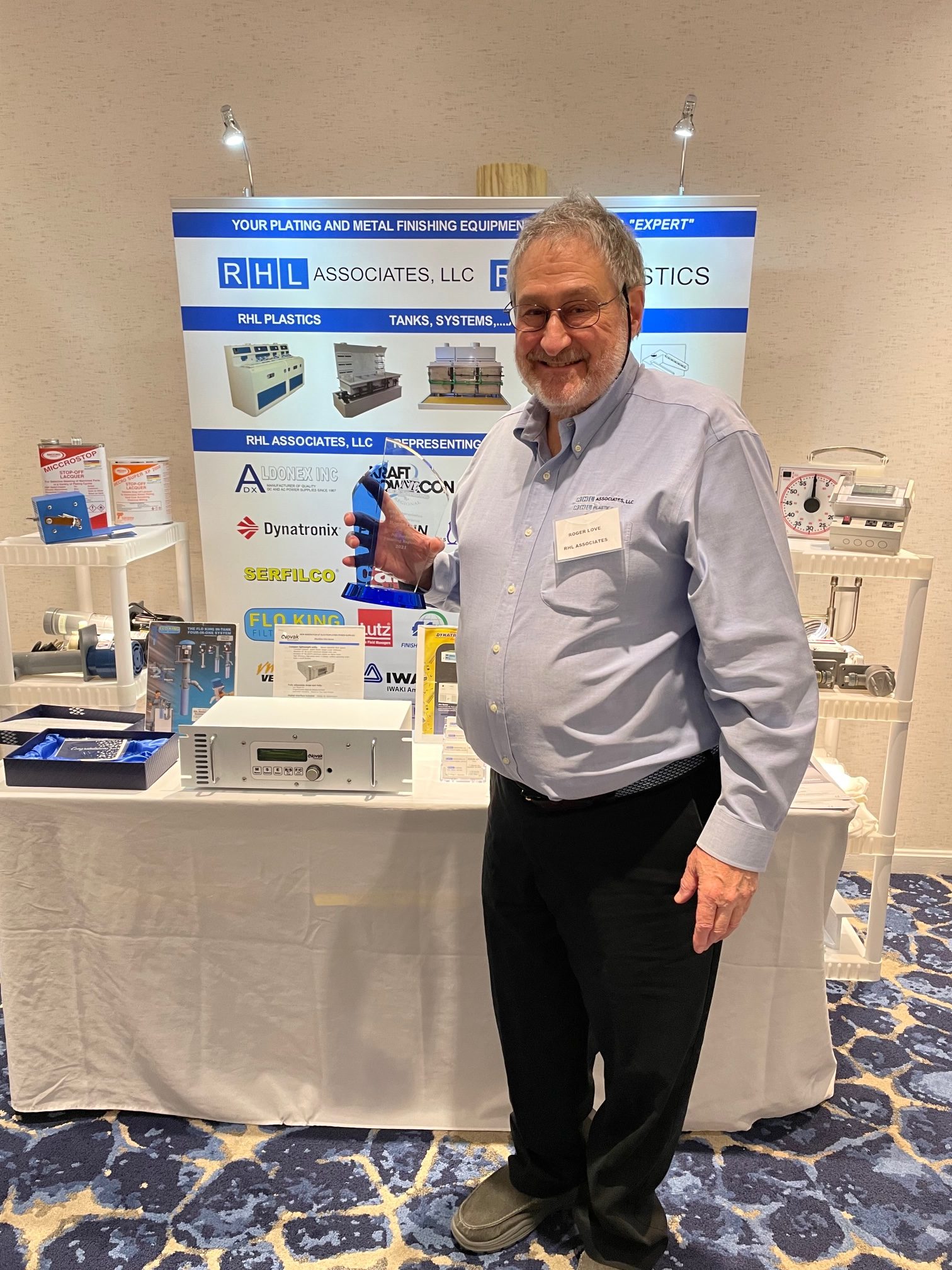
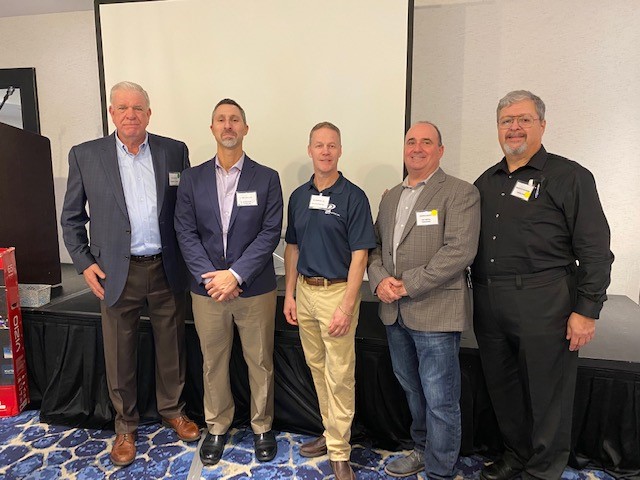
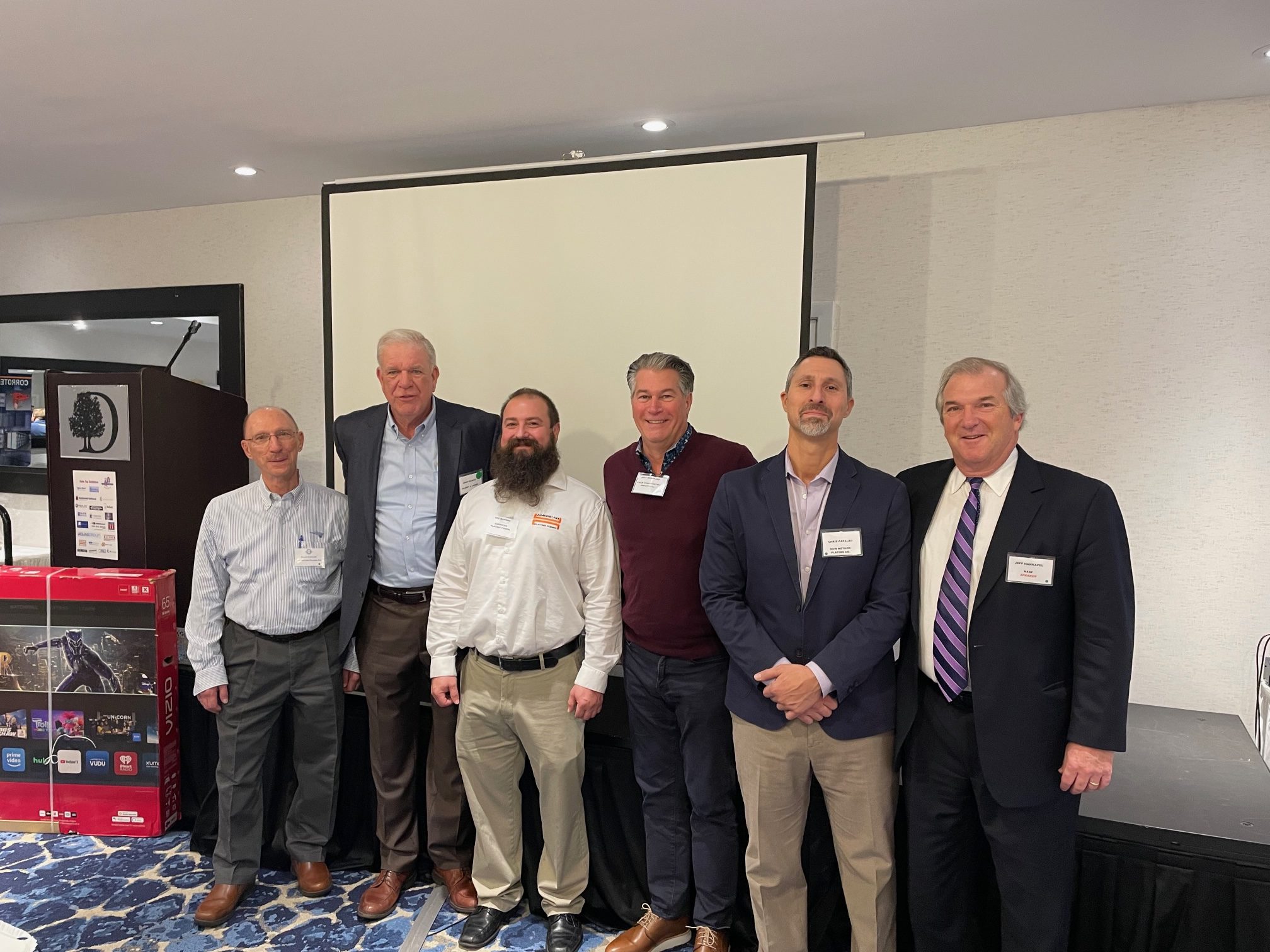
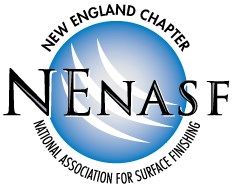
 New England Chapter of NASF is an official chapter of
New England Chapter of NASF is an official chapter of